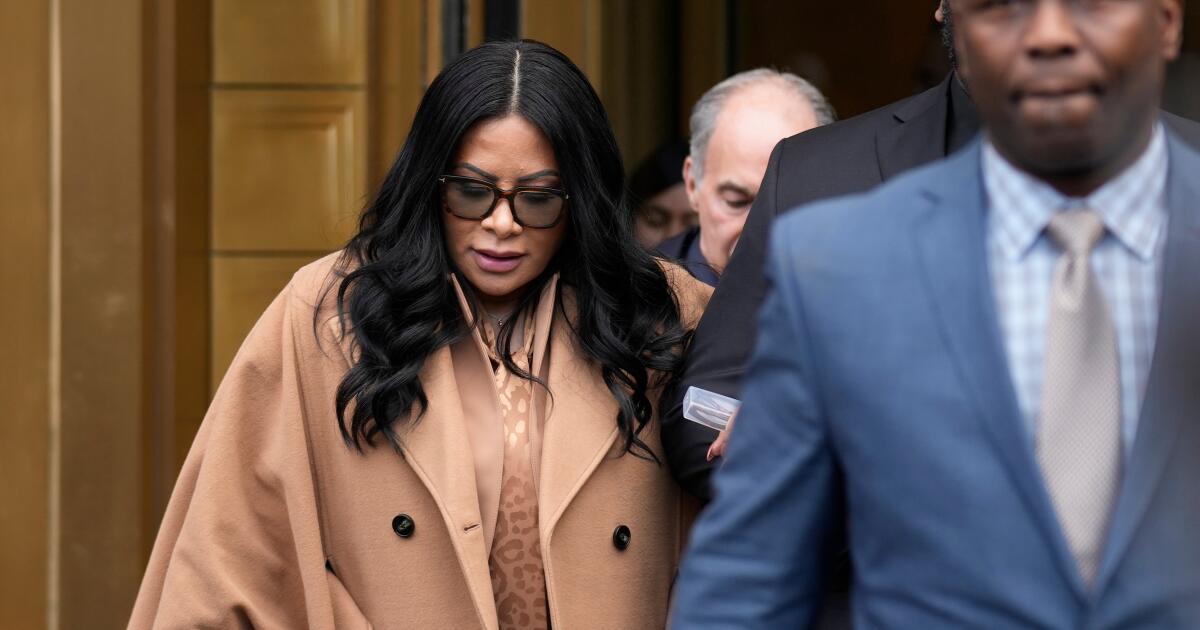Jen Shah, of ‘RHOSLC’ fame, leaves prison for community program
Jennifer Shah, a former star on “The Real Housewives of Salt Lake City,” has been moved from a federal prison into a community confinement program after serving less than half of her sentence for defrauding thousands of people.
A Bureau of Prisons spokesperson confirmed that Shah was transferred Wednesday morning from the Federal Prison Camp in Bryan, Texas, to the program overseen by the Phoenix Residential Reentry Management Office. The transfer means that Shah is either being held in home confinement or in a halfway house. Her projected release date is Aug. 30.
“For privacy, safety, and security reasons, we do not discuss the conditions of confinement for any individual, including reasons for transfers or release plans, nor do we specify an individual’s specific location while in community confinement,” BOP spokesperson Emery Nelson wrote in an email to the Associated Press.
Shah, 52, was sentenced in 2023 to six and a half years in prison for defrauding people in a telemarketing scam that stretched nearly a decade. At the time, Assistant U.S. Atty. Robert Sobelman said she was the most culpable of more than 30 defendants accused of participating in the nationwide fraud targeting people who were often vulnerable, older or unsophisticated electronically. The fraud involved bogus services that were promoted as enabling people to make substantial amounts of money through online businesses.
Shah pleaded guilty to a conspiracy charge in July 2022, and during her sentencing she apologized to the “innocent people” she said she’d hurt and pledged to pay $6.5 million in restitution and forfeiture once she is released from prison.
Prosecutors said she used profits from the fraud on luxuries that included living in a nearly 10,000-square-foot mansion in Utah dubbed “Shah Ski Chalet,” an apartment in midtown Manhattan and leasing a Porsche Panamera. The government said she also seemed to mock the charges against her by claiming that the “only thing I’m guilty of is being Shah-mazing” and then she profited from it by marketing “Justice for Jen” merchandise after her arrest.
At the sentencing, Shah apologized and said the proceeds from the merchandise would go toward victims.
“I alone am responsible for my terrible decisions. It was all my fault and all my wrongdoing,” Shah said, later continuing, “I wish I could have stood outside myself and seen the harm I was causing and changed course. I am profoundly and deeply sorry.”
